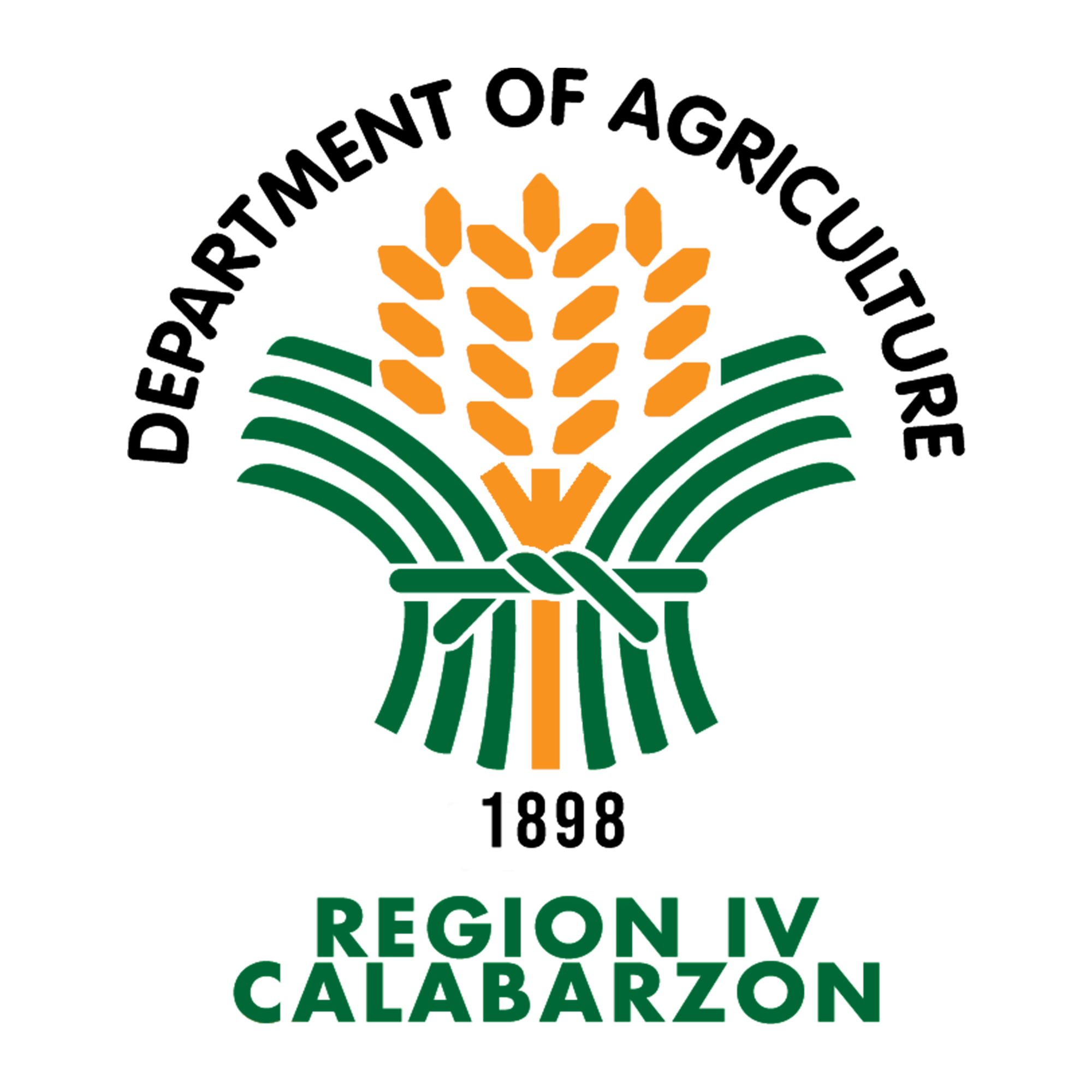The Department of Agriculture (DA) continues its support to rice farmers affected by quarantines brought about by the COVID-19 pandemic through the Rice Resiliency Project (RRP) II. DA CALABARZON met with the municipal and city agriculturists of Batangas province to discuss the said project today.
RRP II will build from the accomplishments of the RRP I. This previous project focused on providing support to rice farmers during wet season. Under the “Ahon Lahat Pagkaing Sapat (ALPAS)” stimulus program, RRP has been created to specifically address the global rice supply situation by boosting domestic production.
In RRP I, the province of Batangas was able to surpass its target from 625 hectares for hybrid rice to 691 hectares and 2,100 hectares for inbred rice to 2,864 hectares. Fourteen different municipalities and cities were included in the project.
Under RRP II, fertilizers shall be provided to farmers in form of subsidy without the counterpart requirement (as what is in the guidelines of RRP I). However, the Department still encourages the farmer-beneficiaries to use this subsidy as an add-on to their requirement and not a substitute.
The fertilizer subsidy will also be given to the farmers either in-kind or through vouchers. In-kind fertilizers will be procured by DA while under the voucher system, the Department through the municipal and city agriculture offices will give vouchers to the farmer-beneficiaries to buy fertilizers in accredited fertilizer dealers, distributors, and cooperatives and associations.
In addition, the RRP II will incentivize provincial local government units that can exceed their production growth targets.
Similar to RRP I, the RRP II is divided into three sub-projects. However, as there are no areas of Batangas eligible for Rice Competitiveness Enhancement Fund (RCEF) – Enhanced sub-project, only two sub-projects will be implemented in the province.
For the RRP II’s Expanded Inbred Rice Production sub-project, its actual allocation of 2,680 seed bags is 300 more than the target (2,580) while the fertilizer allocation of 5,360 bags is divided between in-kind fertilizer and voucher fertilizer.
Meanwhile, for its Expanded Hybrid Rice Production in Suitable Areas sub-project, its 504 allocated seeds will be given 1,512 bags of in-kind fertilizer.
In addition, the reporting system for rice was also discussed. The reports include planting and harvesting report; pest and disease incidence report; and damage report.







 All content is in the public domain unless otherwise stated.
All content is in the public domain unless otherwise stated.